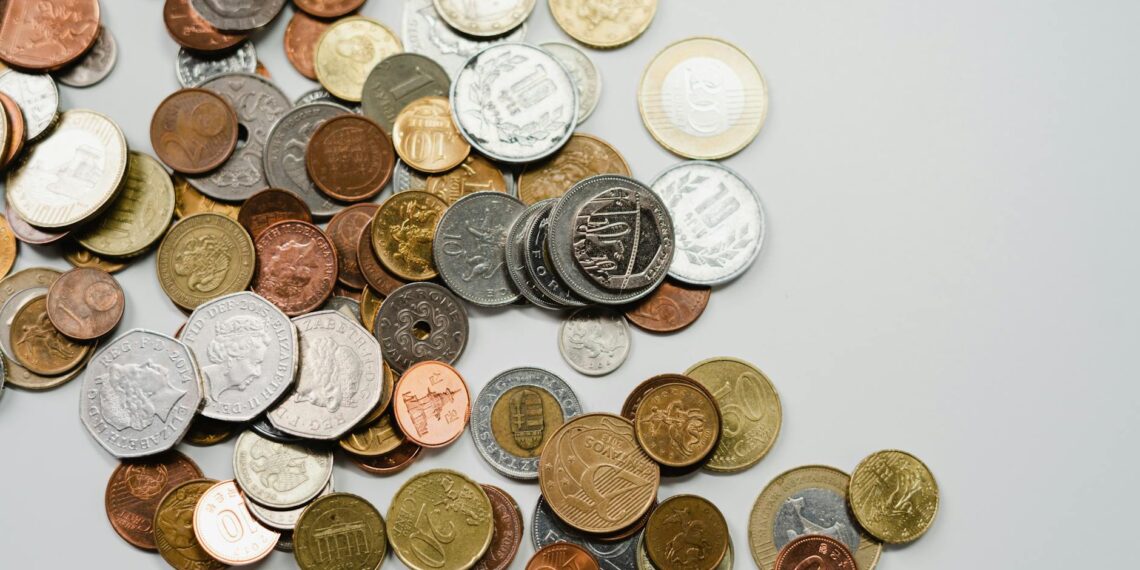Historically, coins have been made of various metals, including gold, silver, bronze, and copper . However, the rising costs of precious metals and the need for more durable coins led to the use of less expensive and more resilient materials for circulating currency.
Today, the most commonly used metals in coin production are:
- Copper: Known for its high conductivity and corrosion resistance, it is often used in lower-value coins and as a core material in clad coins.
- Nickel: This metal adds strength and corrosion resistance and is found in higher-value coins.
- Zinc: Cheaper than copper and nickel, zinc is often used as a core material coated with other metals like copper or brass.
Many modern coins are “clad” coins, meaning they are composed of multiple layers of different metals, like a sandwich. For example, the US quarter and dime have a copper core with outer layers made of a copper-nickel alloy. This construction enhances the coin’s durability and longevity.
- Penny: Modern pennies are made of a zinc core plated with copper, [according to the U.S. Mint] . Earlier pennies were made of varying copper alloys, including pure copper and copper mixed with tin or zinc.
- Nickel: US nickels are made of a mix of copper and nickel, not a clad construction, [says the U.S. Mint Coin Classroom].
While metals are the primary component, some non-metallic materials have also been used for coins throughout history, such as cardboard, ceramics, glass, leather, and plastic. However, these are less common for circulating currency.
The evolution of coin composition reflects a balance between economic considerations (cost of materials), functionality (durability in circulation), and aesthetics.









Are all nickels 75% copper?
The pre-war composition returned in 1946; all nickels struck since then have been in 75% copper and 25% nickel. In 1966, a small change was made to the design to add the initials of the designer (FS) to the obverse, underneath Jefferson’s portrait.